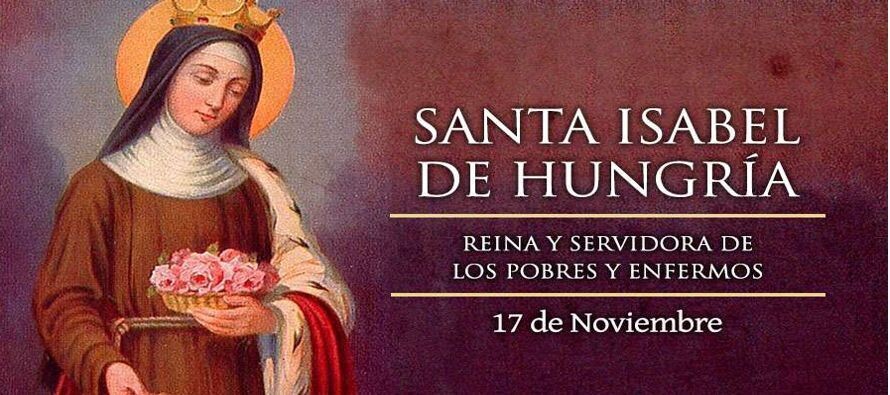
Isabel was the daughter of monarch Andrés II and Gertrudis of Andechs-Merania, a descendant of kings, and she had two brother prelates. Her family tree highlighted examples of virtue. At 20, Isabel faced a great tragedy that left her heartbroken.
Since the friars came into her life in late 1221, Isabel was linked to Franciscan spirituality. In Eisenach, she lived in a modest cabin by the river and continued to help the poor with her sewing and spinning work. When her maternal aunt learned of her difficulties, she entrusted her to her brother Eckbert, Bishop of Bamberg.
Isabel's uncle wanted her to remarry, but she refused as she had made a promise upon becoming a widow. Ultimately, she found refuge in Pottenstein Castle and lived a life of poverty and charity until her death in 1231 in Marburg, being known for her holiness.
Saint Isabel had found in Luis her soulmate, a generous man who respected her devotion and religious practices. Together they lived moments of happiness and mutual understanding, demonstrating a deep love for one another.
Throughout her life, Saint Isabel founded hospitals, cared for the sick and homeless, and showed deep compassion towards the neediest. Her legacy of charity and generosity endures to this day, being recognized as the patroness of various orders and cities, and venerated for her example of a holy life.
Pope Benedict XVI initiated an international year dedicated to Saint Isabel in 2007, highlighting the experiences of love and pain she lived in her short existence. Despite the challenges and tragedies she faced, her faith and dedication to the needy made her a symbol of charity and compassion for the world.











